Muscle cars often conjure images of roaring engines and sleek designs, but not every model left a lasting impression. Some were plagued by design flaws, underperformance, or simply failed to capture the imagination of car enthusiasts. Here’s a look at 12 classic cars that, for better or worse, have faded from the limelight.
Ford Pinto Cruising Wagon
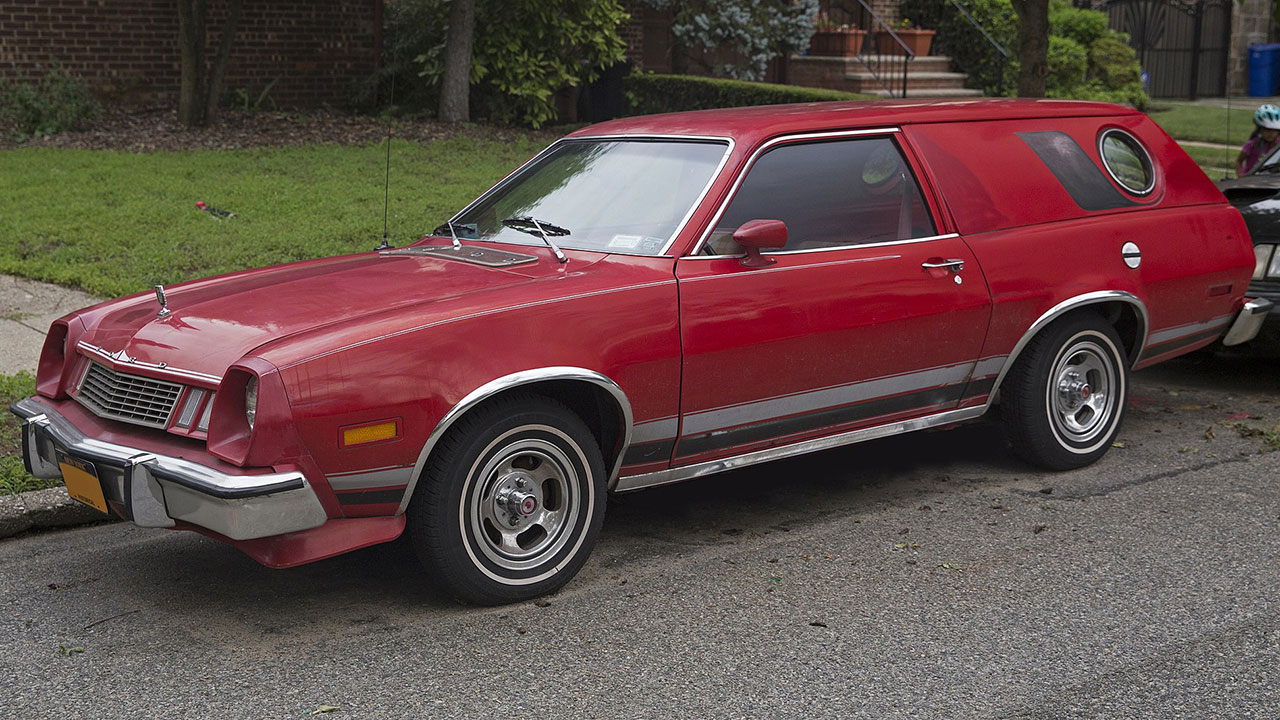
The Ford Pinto Cruising Wagon, produced in the late 1970s, attempted to capitalize on the van craze with its distinctive porthole windows and flashy decals. Despite its bold styling, it suffered from the same safety concerns that plagued the Pinto line, namely the infamous fuel tank design that made it prone to fires in rear-end collisions. Its sluggish performance and lack of muscle made it less memorable among car aficionados.
While its aesthetics might have been eye-catching, the Cruising Wagon didn’t have the power to match its looks. The lackluster engine options failed to deliver the performance enthusiasts sought, and it quickly became overshadowed by more powerful competitors of its time.
Chevrolet Chevette
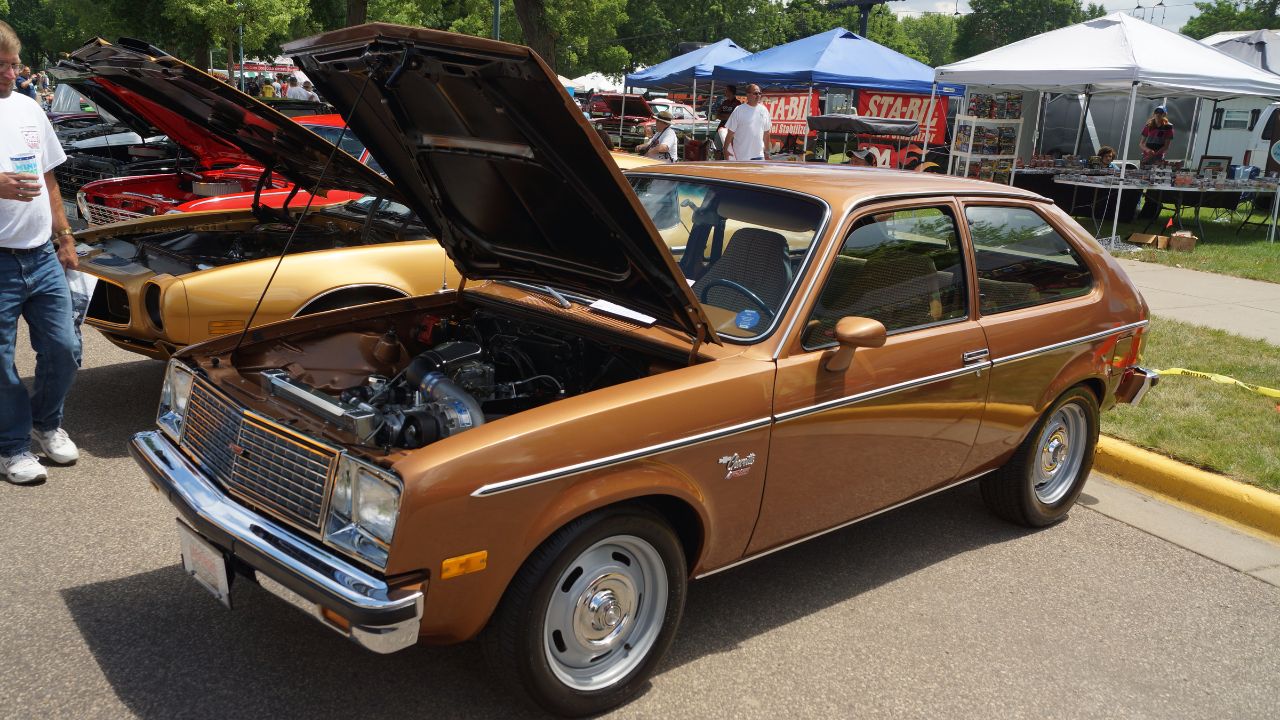
The Chevrolet Chevette, first launched in 1976, was more economy car than muscle car, despite being marketed as a sporty vehicle. Designed during the oil crisis, it focused on fuel efficiency rather than power, housing a modest four-cylinder engine under the hood.
Critics and drivers alike found its performance underwhelming. Though it served its purpose as an affordable, fuel-efficient vehicle, it lacked the muscle and performance that enthusiasts craved, leading it to be remembered more as a practical choice rather than a thrilling ride.
AMC Gremlin GT
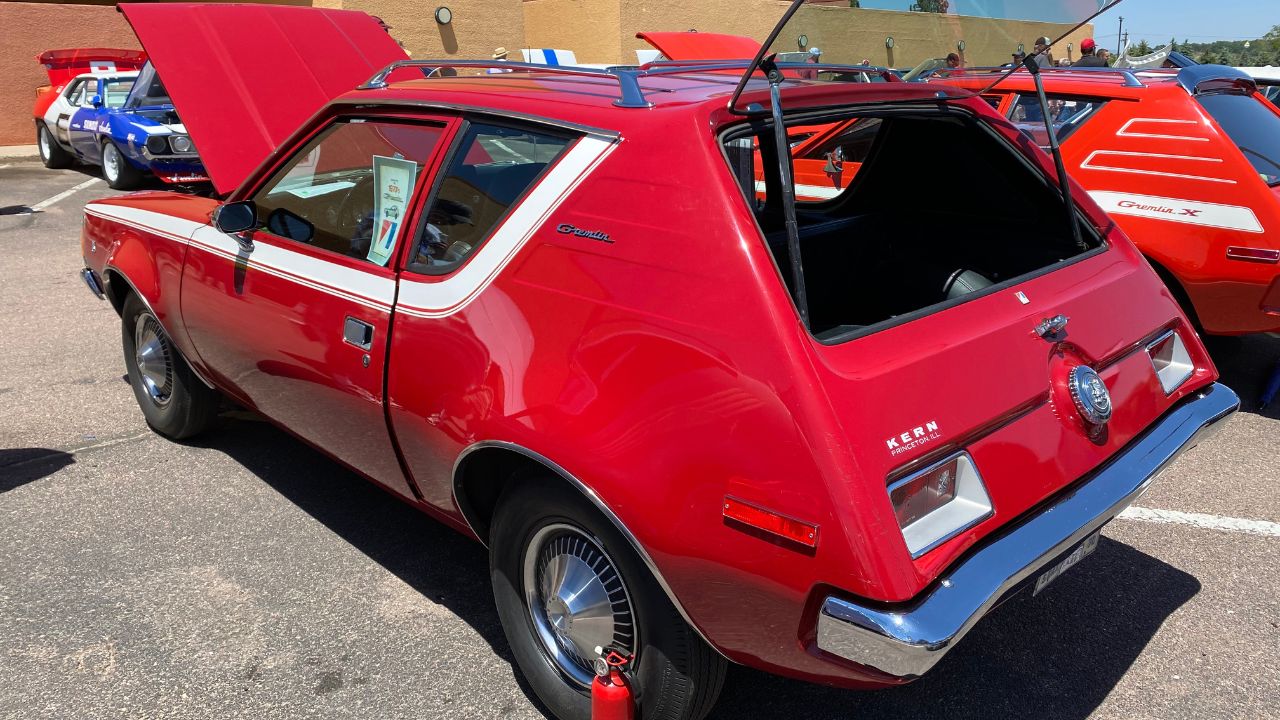
The AMC Gremlin GT attempted to infuse sportiness into the compact Gremlin package, but it often fell short of expectations. Introduced in the early 1970s, the GT variant included cosmetic upgrades like racing stripes and sportier wheels, but these features couldn’t compensate for its boxy design and limited performance.
Though it offered a V8 engine option, the Gremlin GT struggled to shed its reputation as a quirky, oddball car. Its unconventional looks and mixed performance reviews have kept it from being missed in the annals of muscle car history.
Dodge Aspen R/T
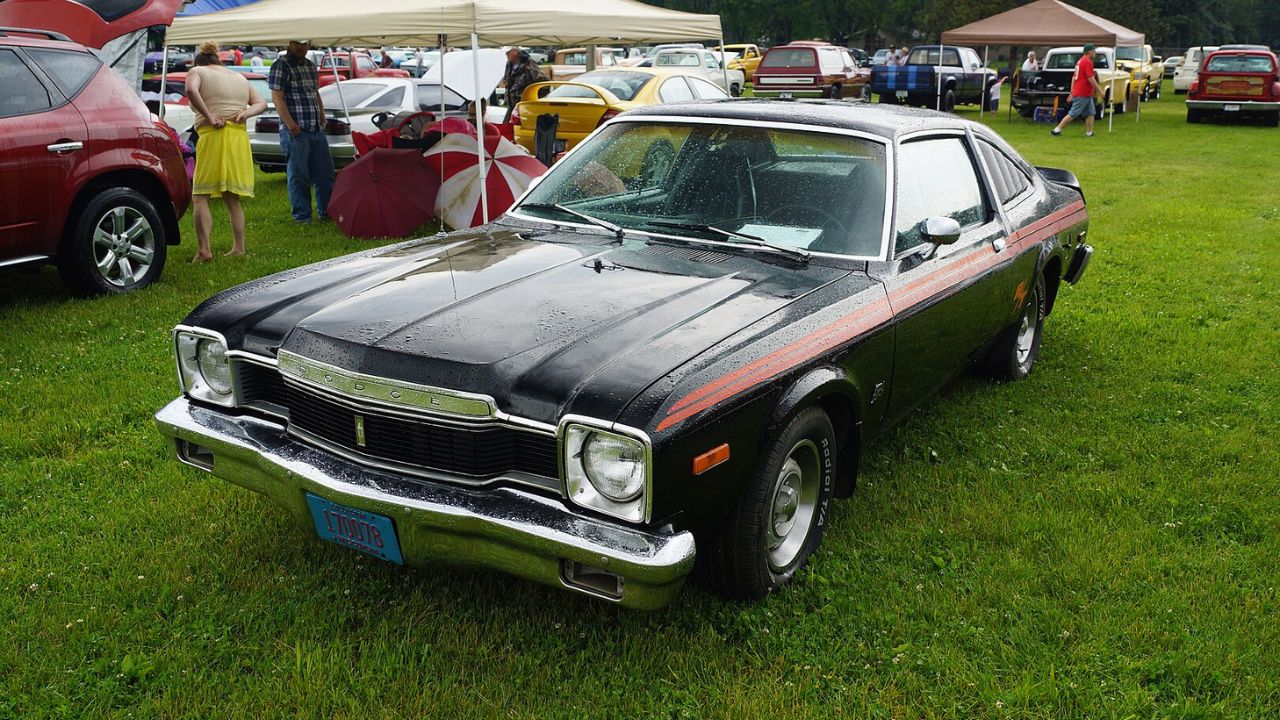
The Dodge Aspen R/T, released in the mid-1970s, was part of Chrysler’s effort to maintain a foothold in the muscle car market during a time of tightening emissions regulations. Despite its sporty intentions and R/T badging, the Aspen struggled with quality issues and a lackluster performance.
Engine choices were limited, and the build quality was often criticized, with rust and mechanical problems being common. Although it sported a distinctive look with its optional graphics package, the Aspen R/T never quite lived up to its muscle car aspirations.
Mercury Capri II
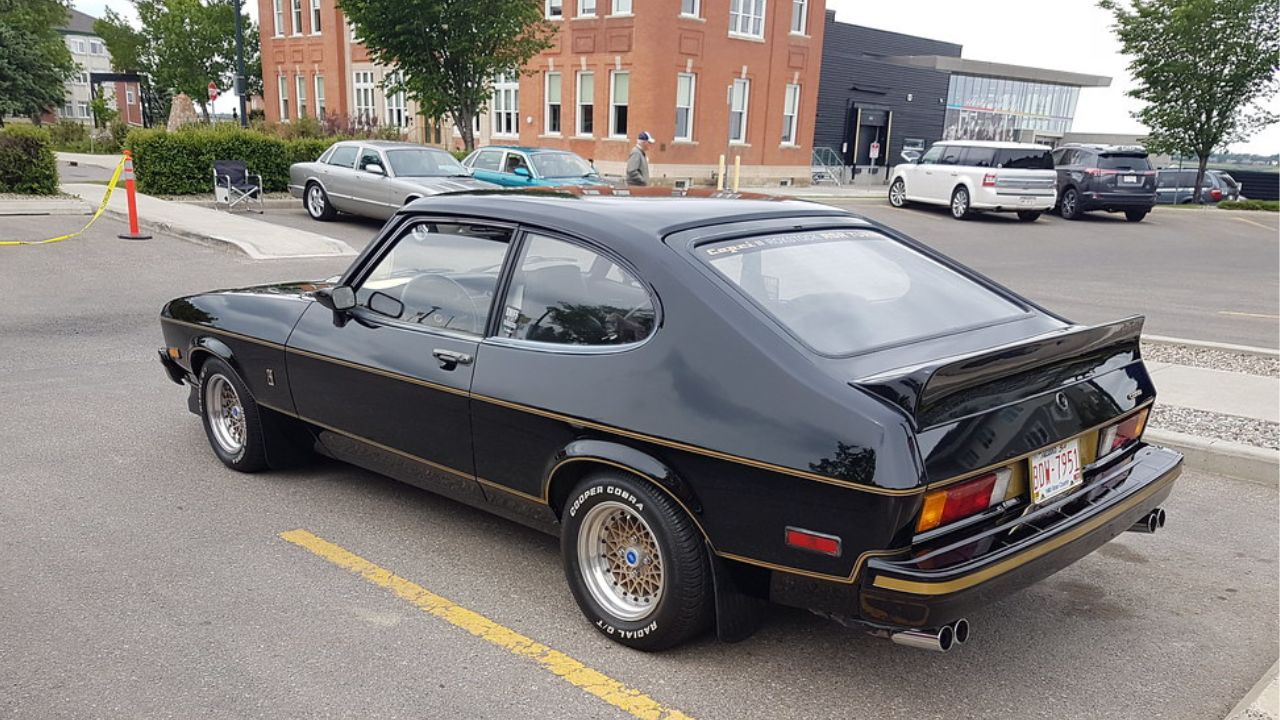
The Mercury Capri II tried to capture the essence of a European sports car for the American market but ended up being more of a style exercise than a performance machine. Produced from 1976 to 1977, it was essentially a rebadged version of the European Ford Capri, featuring a modest four-cylinder engine.
Despite its sporty appearance, the Capri II lacked the power and handling to satisfy muscle car enthusiasts. Its performance was more in line with that of a compact coupe, and it failed to leave a lasting impression in the performance-oriented landscape of the late 1970s.
Plymouth Volaré Road Runner
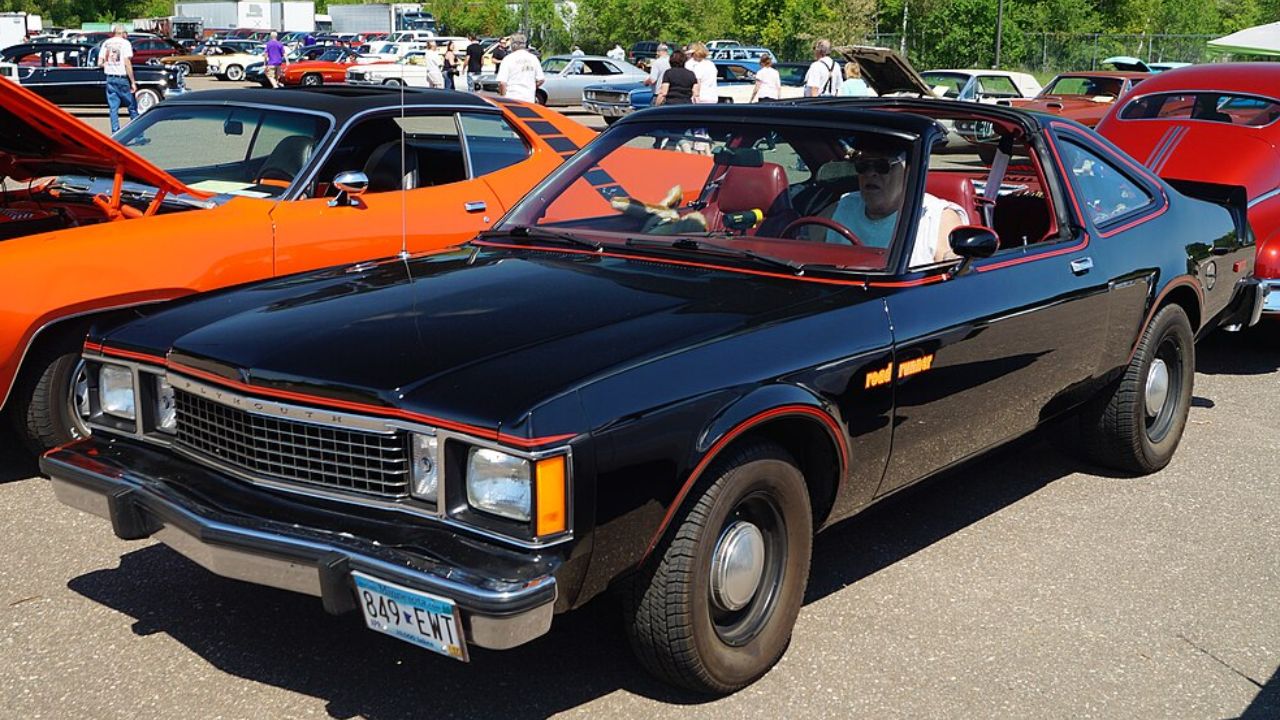
The Plymouth Volaré Road Runner was a product of its time, introduced in 1976 as a response to tightening emissions standards and the oil crisis. It featured bold graphics and a distinctive Road Runner decal, but its performance was hampered by a lineup of underwhelming engine choices.
Despite the Road Runner name, which was associated with high performance, the Volaré version couldn’t deliver the muscle car experience buyers expected. Its reputation was further marred by quality issues, including rust problems, making it a model few enthusiasts long for today.
Buick Skyhawk
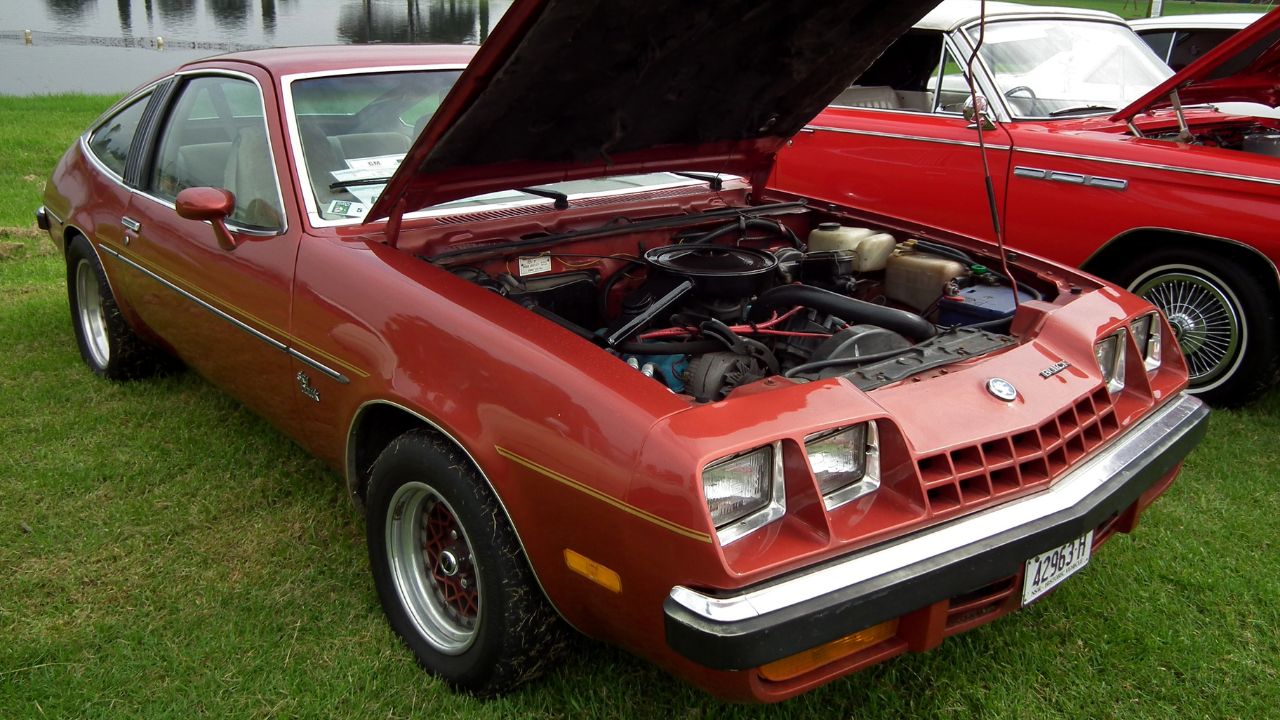
The Buick Skyhawk, part of the H-body lineup, attempted to blend sportiness with compact practicality in the mid-1970s. Though it sported a sleek design, it was burdened by a lackluster engine lineup that couldn’t keep up with the muscle car image.
Its performance was often criticized as tepid, with the Skyhawk failing to deliver the power and handling expected from a sporty nameplate. As a result, it’s a car that has largely faded into obscurity among muscle car enthusiasts.
Pontiac Sunbird Formula
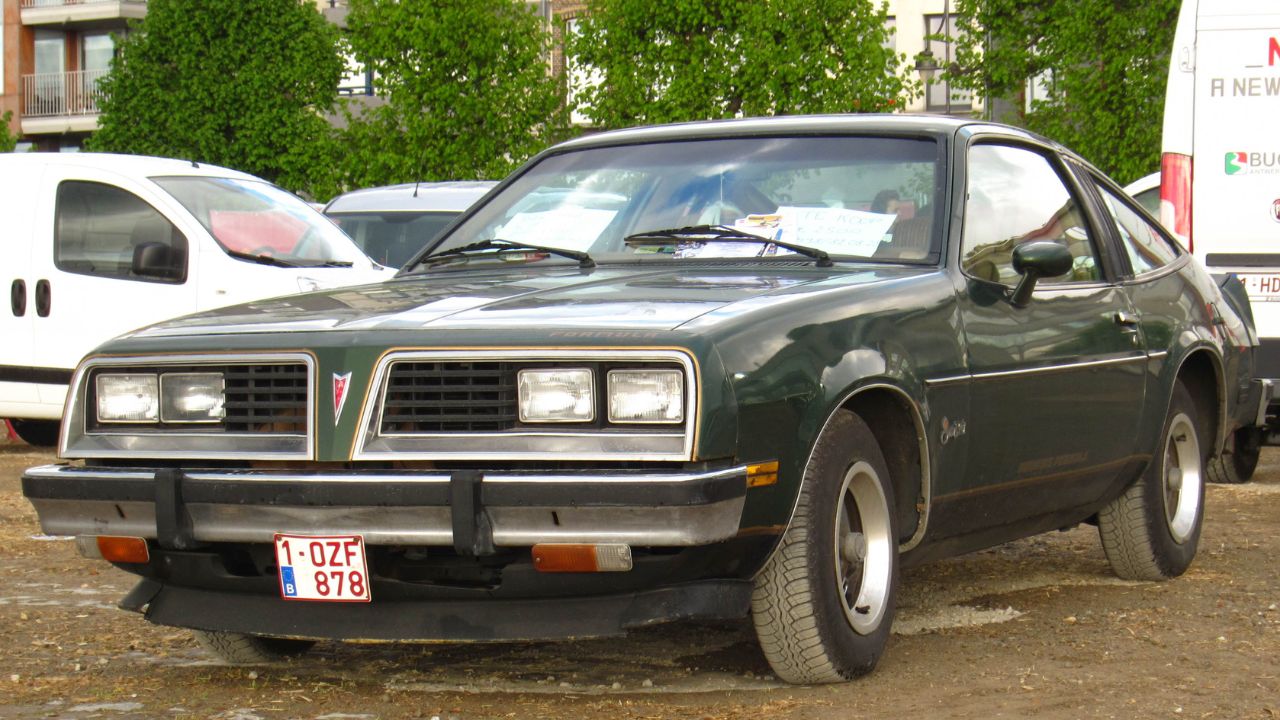
The Pontiac Sunbird Formula, introduced in the late 1970s, was an attempt to inject some performance into the Sunbird lineup. While it featured sporty aesthetics like a rear spoiler and distinctive badging, its engine options were underpowered compared to real muscle cars.
Even with the Formula name, the Sunbird struggled to offer the performance and excitement that enthusiasts desired. As a result, it’s a model that hasn’t left a lasting mark in the world of muscle cars and remains largely forgotten today.
Dodge Mirada CMX
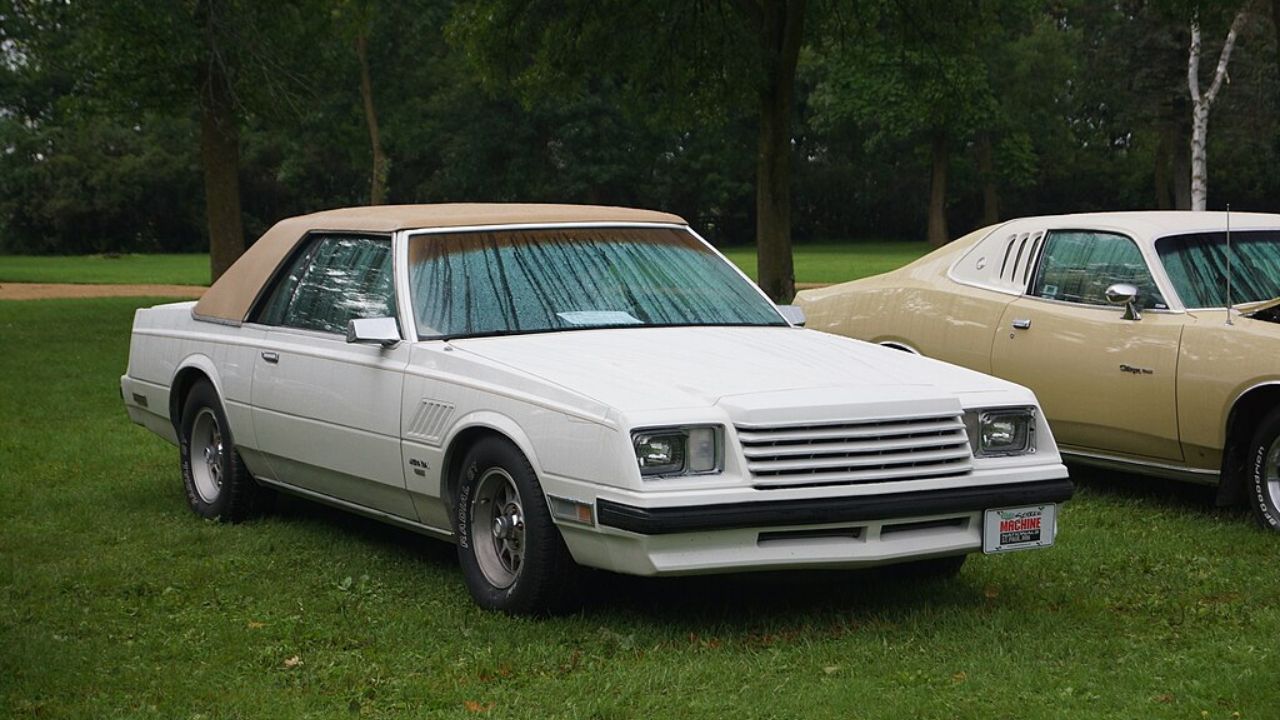
The Dodge Mirada CMX, produced in the early 1980s, was a personal luxury coupe that aimed to combine style with performance. Despite its sporty appearance, the Mirada CMX was held back by limited engine choices and a focus on comfort over pure performance.
Its heavy weight and lackluster handling further detracted from its appeal as a muscle car. The Mirada CMX’s attempt to straddle the line between luxury and muscle ultimately left it as a forgotten entry in Dodge’s history.
Ford Mustang II Cobra II
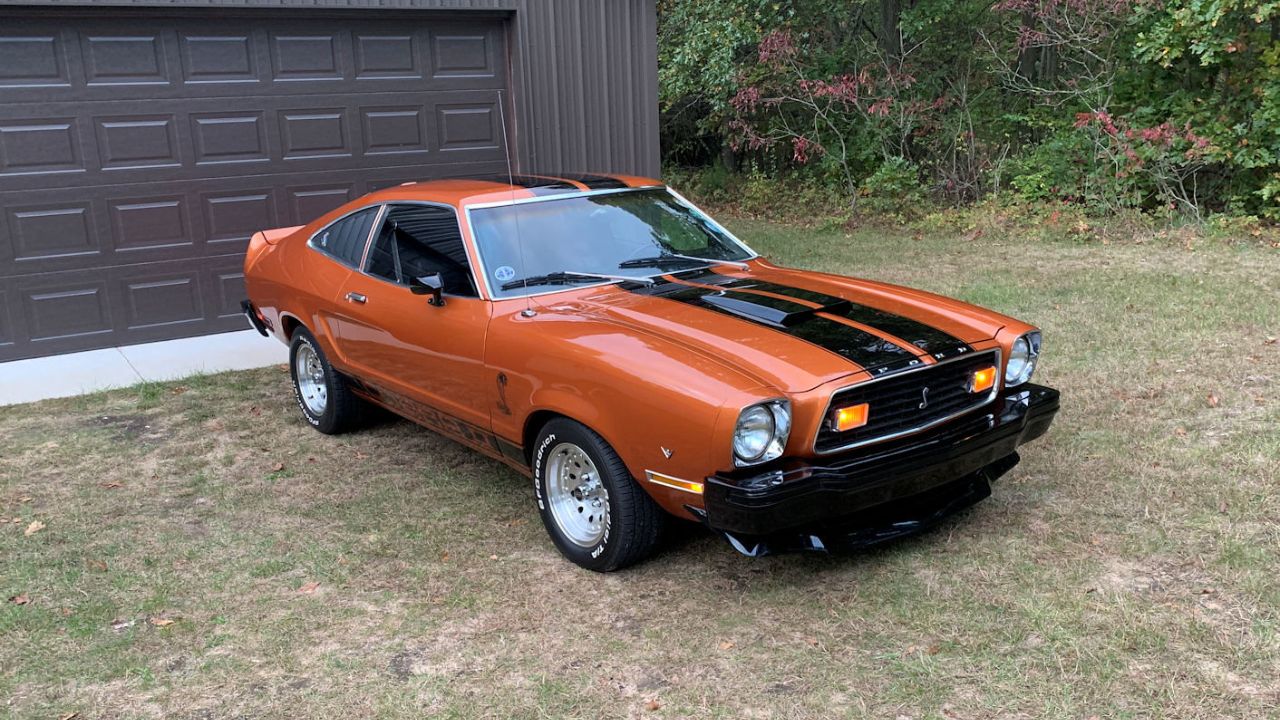
The Ford Mustang II Cobra II, produced between 1976 and 1978, was an attempt to keep the Mustang name alive during the oil crisis and tightening emissions standards. Although visually appealing with racing stripes and a sporty design, it was a far cry from the original Mustang’s performance legacy.
Under the hood, the Cobra II offered underwhelming V6 and V8 options that failed to deliver the power and performance enthusiasts expected from a Mustang. Its reputation as a low point in the Mustang’s history ensures it’s a model few miss today.
Chevrolet Monza Spyder

The Chevrolet Monza Spyder, produced from 1975 to 1980, was Chevrolet’s attempt to offer a sporty compact car during a time of changing automotive priorities. Despite its sporty name and aggressive styling, the Monza Spyder struggled with performance issues due to emissions regulations and limited engine choices.
While it looked the part of a muscle car, its performance didn’t measure up, leaving it unable to capture the hearts of enthusiasts. The Monza Spyder remains a largely forgotten chapter in Chevrolet’s performance car history.
Like Fast Lane Only’s content? Be sure to follow us.
Here’s more from us:
*Created with AI assistance and editor review.

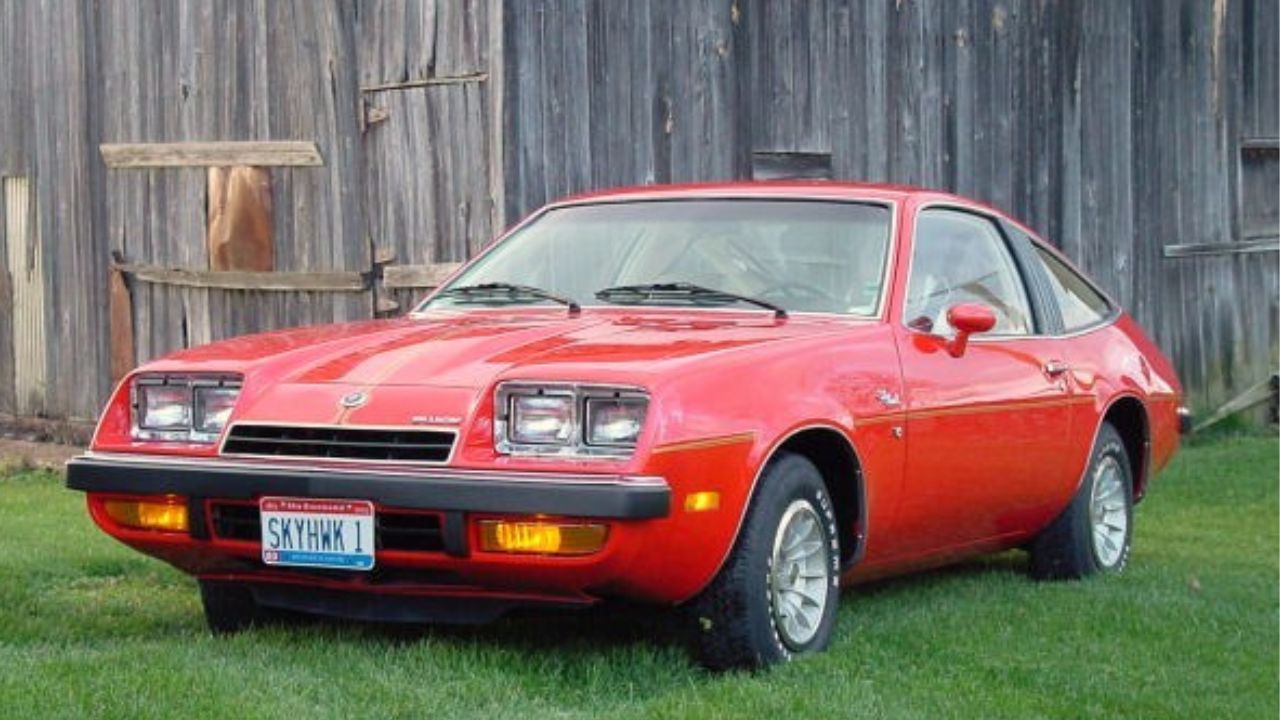
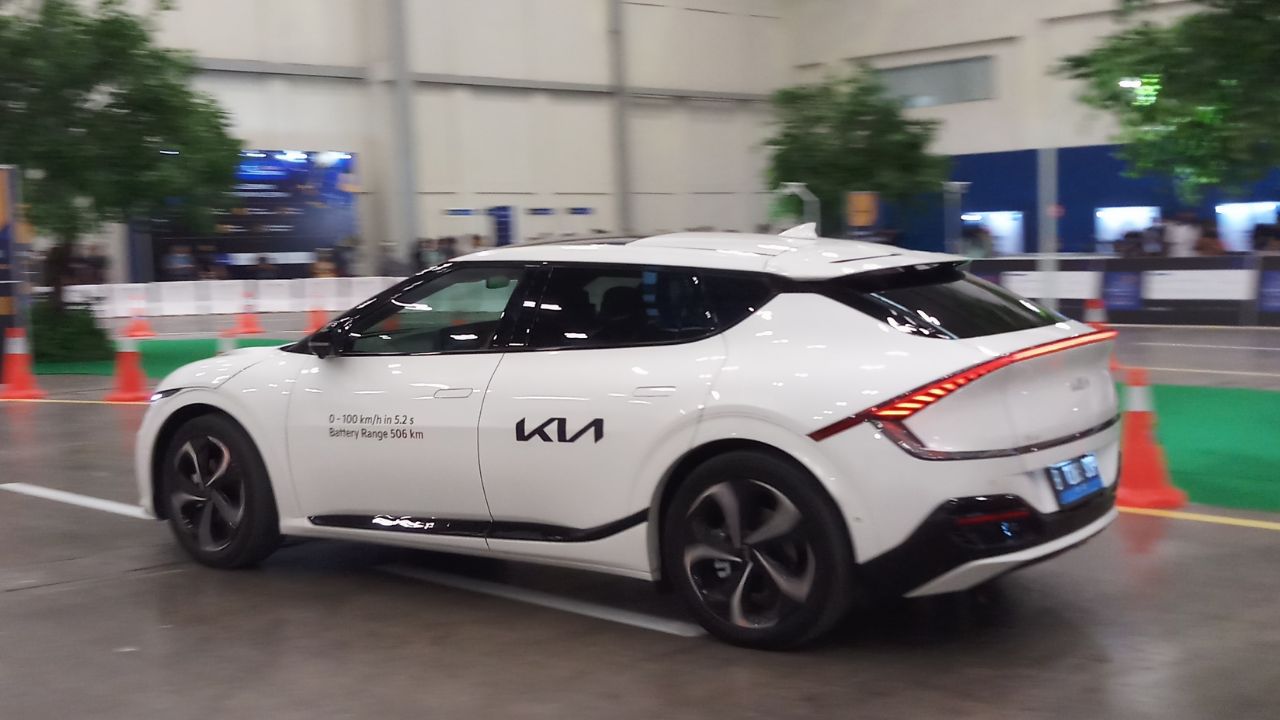


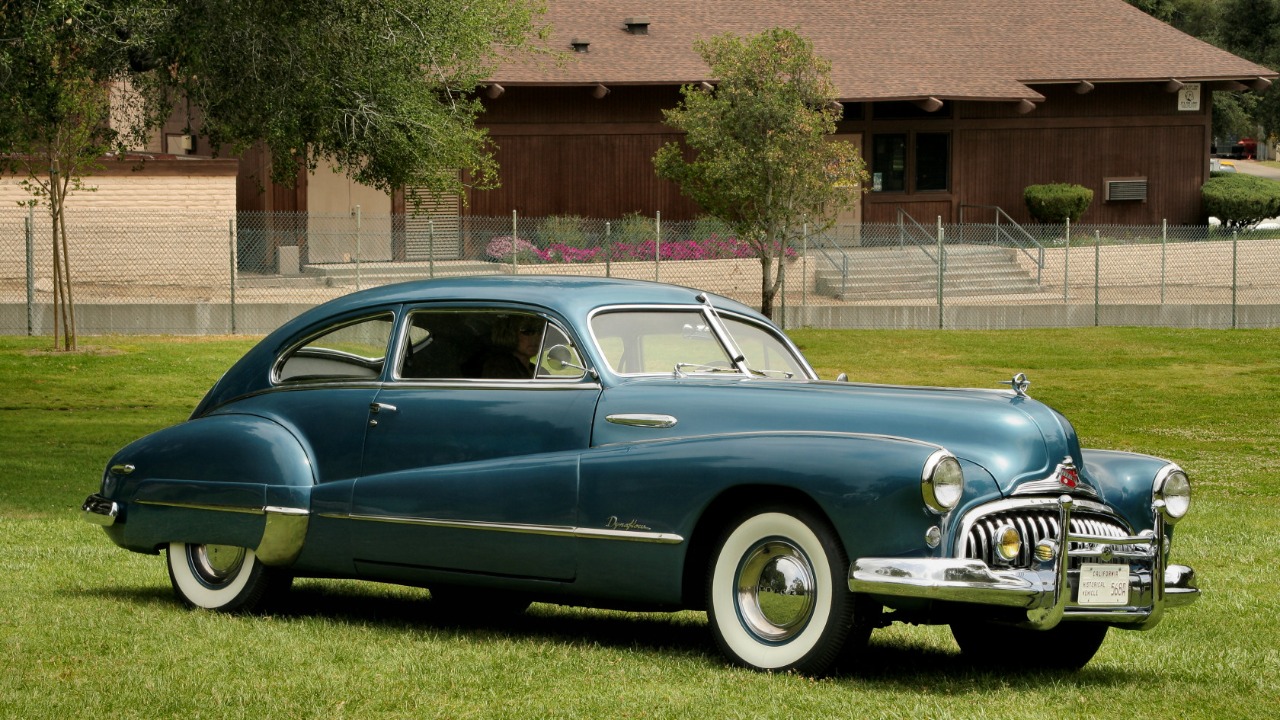

Leave a Reply